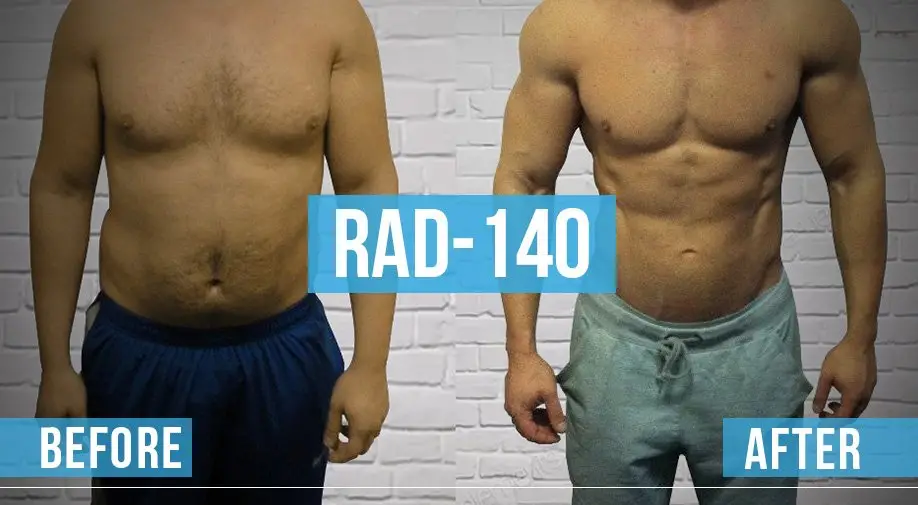-

Weight Loss Program
Visit
-

Weight Loss Program
Visit
-

Weight Loss Program
Visit
-

Weight Loss Program
Visit
-

Weight Loss Program
Visit

Showing posts with label what does orbital fat loss look like before and after. Show all posts
Showing posts with label what does orbital fat loss look like before and after. Show all posts
What Is Orbital Fat Loss
S Arifin12:21:00 AMis orbital fat loss bad, what causes orbital fat loss, what causes orbital fat loss in lash serums, what causes periorbital fat loss, what does orbital fat loss look like, what does orbital fat loss look like before and after, what does orbital fat loss mean, what ingredient causes orbital fat loss, what is periorbital fat loss
No comments
Orbital Fat Loss Before And After
S Arifin1:20:00 AMorbital fat loss before and after pictures, orbital fat loss latisse before and after, periorbital fat loss before and after, what does orbital fat loss look like before and after
No comments




















